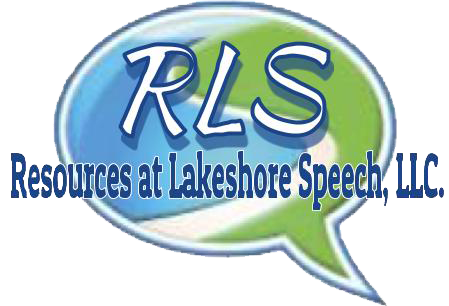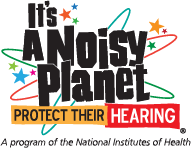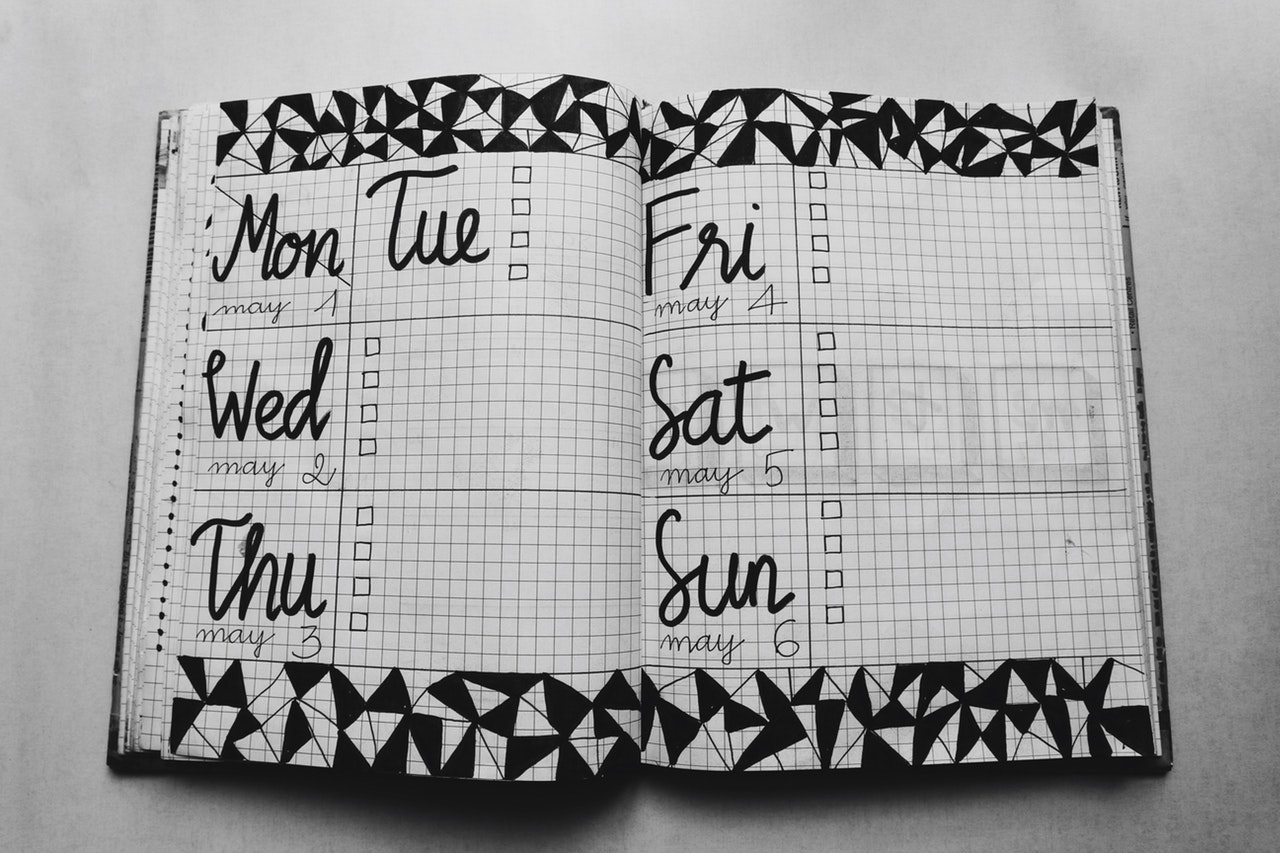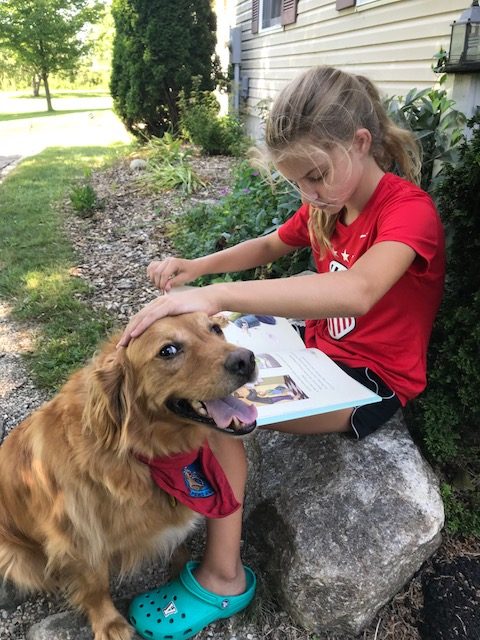Halloween is just a few days away! The night of candy collection! Whatever will your child wear? How many times will that choice change? If your children are anything like the majority of the universe, she/he will have a definite idea of what they would like to be and then about 23 hours before the big night – change their mind! Hopefully this will NOT be the case for your and your world this year!
Choosing a Halloween costume, while exciting, can create a completely different set of stressors one might not typically consider. While being able to see clearly as well as being seen clearly is of utmost importance, there are more significant issues as well adjustments that need to be made for choosing a costume if your child experiences any sensory issues.
Masks – they are fun for some and not so fun for others. When a mask might be part of the costume, have your child wear it around the house prior to the ‘big night’. All children will tell you they LOVE the mask while in the store but when faced with having to wear it longer than 2 minutes, they are unable to manage. Consider a soft version to a hard mask or even a half-mask. Using make-up vs a mask might really make a difference. Really look at the costume – is covering the child’s face necessary?
Hats or headbands – here too are lovely items that make sense for some but will ruin an evening for others. Similar to a mask, have your child wear it around the house for longer than 2 minutes. Initially you may have to start at 2 min and work his/her tolerance up to 15-20 minutes. Consider a softer version and/or if it HAS to be part of the ‘look’.
Major clothing part of the costume – tags, buttons, velcro, and zippers are scarier to some children than goblins and monsters! You might consider taking a page from your mother’s or grandmother’s handbook – make your own costume. Please do not think for one moment we are talking about getting the sewing machine out or whip stitching something together! Consider the following ideas using the clothes that are hanging in the closet now:
Jeans and a flannel shirt:
- Adding a tool box or tool belt = construction worker, carpenter, Paw Patrol character
- Adding a piece of fake wood (ie: cardboard tube) = lumberjack or jane
Leggings and a long shirt:
- Adding a cape on the shirt = superhero
- Adding a belt with a few fake flowers on it = fairy
Jeans and a white t-shirt:
- Adding maybe a scarf around the neck = ‘50’s girl
- Rolling up the sleeves = ‘50’s guy
Shirt and bottoms that are the same color =
- Tape a white ‘M’ on the shirt = M&M character
- Tape a picture of any character from the movie “Inside Out” on the shirt
Look at the PJs your child currently wears – chances are those worn to school or to a party could pass as a costume without issue.
By now, your costume creator self has probably more than enough ideas for this Halloween. Feel free to share pictures of your costume creations with vkotansky@lakeshorespeech.com and we’ll post them on our Facebook page. Your photo might be the inspiration which makes a difference in the life of a little one this year or for years to come.
Happy Halloween Prep! And above else, remember to enjoy the time with your child making memories that will last a lifetime!
Yours in Speech,
Lakeshore Speech Therapy, LLC










